News & Blogs
Cool insights for a hot world: trees and forests recycle water
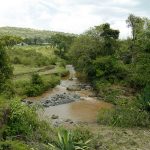
Originally published on the World Agroforestry Centre website. Anyone who has walked outside on a sunny day knows that forests and trees matter for temperature, humidity and wind speed. Planting trees speaks to concerns about climate change, but the directly important aspects of the tree-climate relationships have so far been overlooked in climate policy […] Continue Reading
ICRAF and One Acre Fund chart way forward on trees
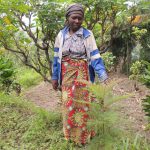
Originally published on the World Agroforestry Centre website. Rubengera, Rwanda — Farmer Cecile Mukabutera , 32, looks approvingly at her small tree, one of ten she received from One Acre Fund. Its branches will eventually give her up to 30 poles per year. These 2-3 meter poles are essential for the cultivation of climbing […] Continue Reading
Engaging marginalized groups in the Greater Mekong region through action research
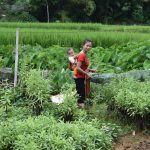
Originally published on the World Agroforestry Centre website. A new publication offers researchers guidelines on how best to engage with marginalized, ethnic-minority farming communities in the Greater Mekong region, so that research innovations reach and benefit their lives and livelihoods. The Greater Mekong region, made up of Cambodia, Laos, southwest China, Myanmar, Thailand, and Viet […] Continue Reading
Tony Rinaudo: “FMNR can droughtproof the land against El Niño”
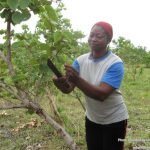
Originally published on the FMNR Hub website. Tony Rinaudo, Natural Resources Advisor at World Vision Australia, explains in an audio interview with Lou Del Bello from SciDev.Net how the restoration technique known as Farmer Managed Natural Regeneration (FMNR) can help communities prepare for climate stresses. Click here to listen to how FMNR has enabled farmers in Ethiopia cope with […] Continue Reading
Humbo: a bare mountain becomes a dense forest
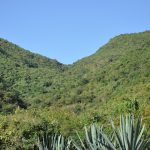
Originally published on the FMNR Hub website. In 2008, decades of continuous clearing of trees for charcoal and firewood had left thousands of hectares of hills barren, exposing the residents to severe drought and starvation. To address this degradation, and the negative effects it was having on the community, the Humbo FMNR project began. World Vision’s intervention […] Continue Reading
How to maintain food security under climate change
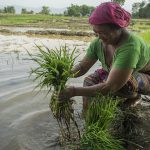
Originally published on the CIMMYT website. Wheat, rice, maize, pearl millet, and sorghum provide over half of the world’s food calories. To maintain global food security under climate change, there is an increasing need to exploit existing genetic variability and develop crops with superior genetic yield potential and stress adaptation. Climate change impacts […] Continue Reading

